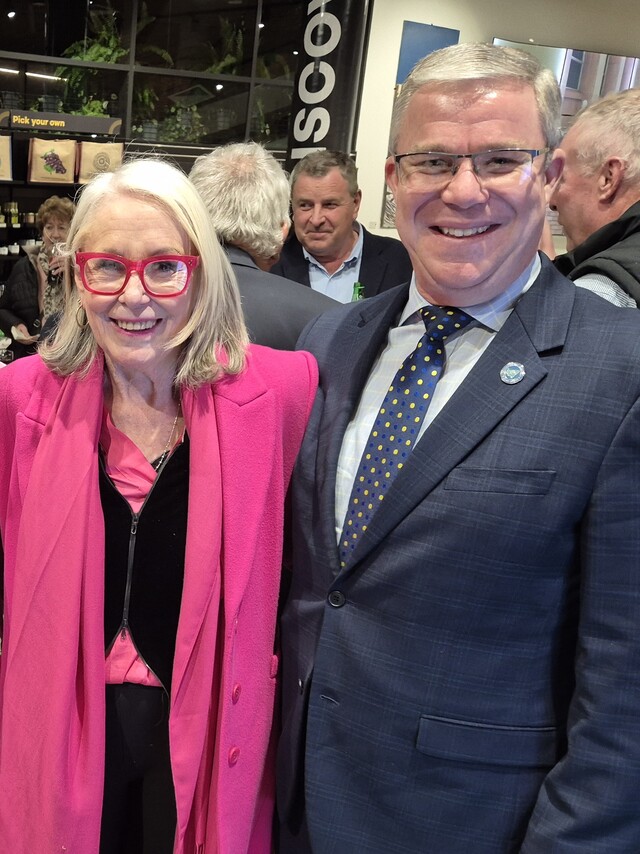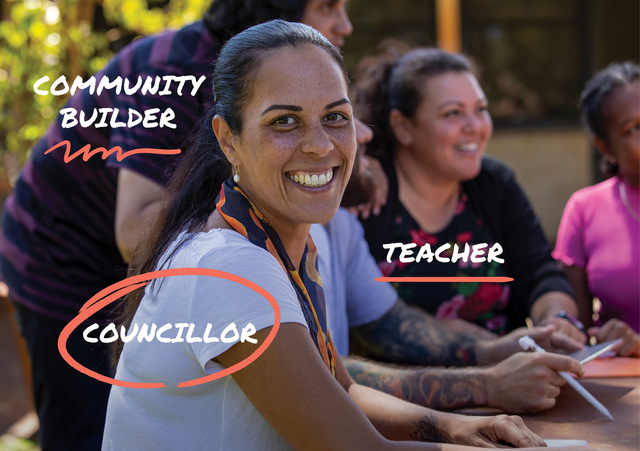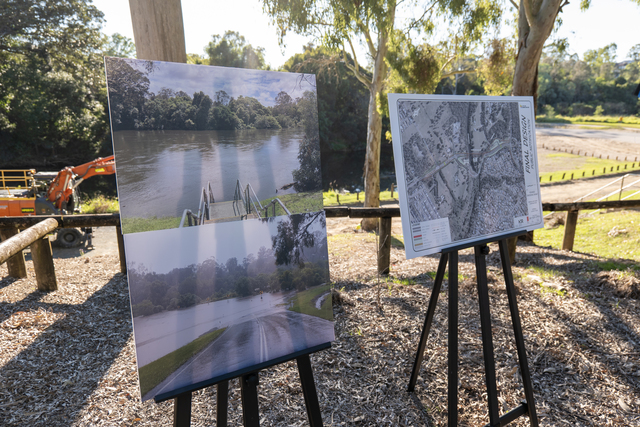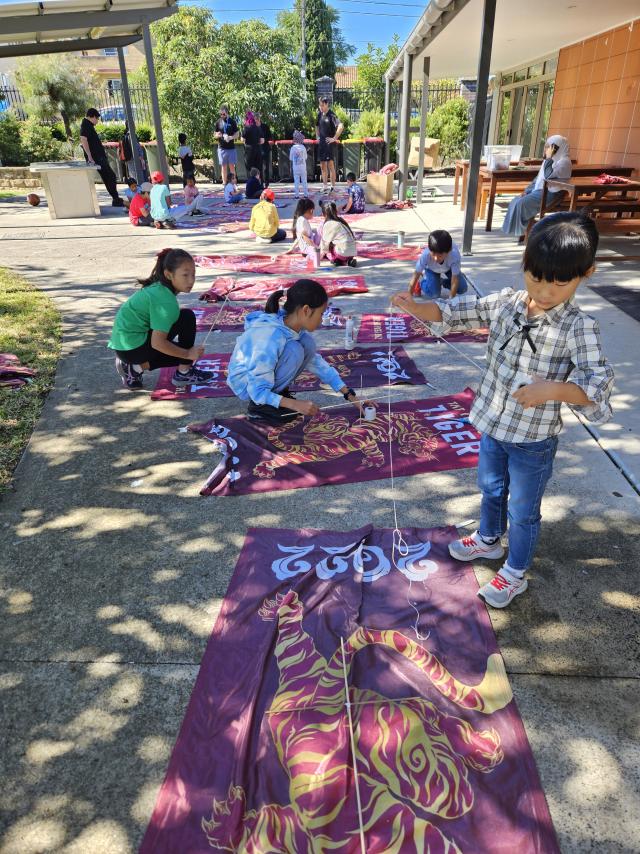From an alliance of 16 Councils in northern Victoria to cooperation between seven low rate base Shires in the Western Australian wheatbelt, Local Governments throughout Australia are proving that regional partnerships are the secret of successful natural resource management.
The National General Assembly of Local Government held in Canberra late last year made it clear that rural and regional Councils are committed to tackling the national issues of salinity, water quality and biodiversity conservation. This was a welcome message for the Commonwealth, which seeks to strengthen partnerships with Local Government as it sharpens the regional focus of its two key environmental programs – the Natural Heritage Trust, extended for another five years with an additional $1 billion, and the $1.4 billion National Action Plan for Salinity and Water Quality, jointly funded with the States.
Currently, the Natural Resource Management (NRM) Ministerial Council, with Commonwealth, State and Territory representatives and its supporting committee, with Local Government representation, are finalising arrangements for providing more funding directly to regional and catchment organisations.
This will be achieved by the following.
- Requiring regional bodies to be responsible for setting investment priorities and their implementation.
- Requiring each of the regional strategies to set targets based on agreed national standards.
- Accrediting these regional strategies before providing funding to ensure they satisfy national standards.
Communities in priority regions will be assisted to develop and implement regional plans that reflect national and regional priorities. The success of these plans will depend on communities and governments working closely together. There are many examples of Councils working within a regional context to tackle NRM issues.
Victoria’s North Central Catchment Management Authority (NCCMA), for example, already had Local Government representation. But it was recognised that real progress relied on a more direct commitment to NRM by all 16 Councils in the region. A meeting of Mayors and CEOs last October was followed by a workshop with catchment and Local Government staff to identify priority issues that could be dealt with at the regional and local level, and practical solutions to address them.
One result was agreement that the CMA and all Councils will aim within the next 12 months to work off the same spatial data layers so that planning at the regional and local level can be more readily reconciled. CMA is also investigating the appointment of a Local Government liaison officer who can help reconcile regional and local planning schemes.
The timing is perfect, with a review of both planning schemes in Victoria under way that will not happen again until 2017.
Particularly impressive and progressive is the recently established North East Wheatbelt Regional Organisation of Councils (NEWROC) in Western Australia NEWROC includes the Shires of Koorda, Mt Marshall, Mukinbudin, Nungarin, Trayning, Westonia and Wyalkatchem.
The smallest of the seven Shires has a total operating budget of $1 million and the biggest has a budget of $3.5 million. The Shires unanimously agreed that with the health of the environment the very fabric of rural endeavour, NRM was as important as road maintenance and construction to rural Councils.
With salinity escalating as a regional crisis, a meeting between NEWROC representatives and staff from the Western Australian Local Government Association, Agriculture Western Australia and the Avon Working Group identified maintaining and restoring vegetation a top priority in the development of an NRM Strategy. With assistance from the State Government’s Local Government Incentive Fund, NEWROC has appointed an NRM Officer. The World Wide Fund for Nature (WWF) is also helping implement the strategy through their Woodlands Watch initiative, with a Vegetation Officer assisting landowners to manage native vegetation remnants.
The NEWROC group is seeking to investigate what possibilities there are to use saline water as a resource for power generation and desalination opportunities to support their communities.
At the same time, in Queensland’s Far North Wet Tropics, the NRM Board (Regional Strategy Group for the Wet Tropics) and North Queensland Afforestation Association, a regional Local Government body managing farm forestry, revegetation and Land for Wildlife programs in the wet tropics, have been working to develop a joint management structure for the regional delivery of natural resource management programs.
The proposed Board of Management will be composed of approximately one third community, one third agency, including Commonwealth bodies such as Great Barrier Reef Marine Park Authority, and one third Local Government members. All nine Councils are keen to participate and will be represented on the new regional body, which will be resourced by contributions from the agencies and Local Government. It will also include a small Support Unit to provide administration, financial management, planning and monitoring for regional NRM activities.
Councils, catchments and regional bodies such as these are proving that investing time, resources and good will in regional partnerships is the way to tackle Australia’s national environmental challenges.
For further information on the Natural Heritage Trust and Local Government visit www.ea.gov.au and for the National Action Plan for salinity and water quality visit www.affa.gov.au







